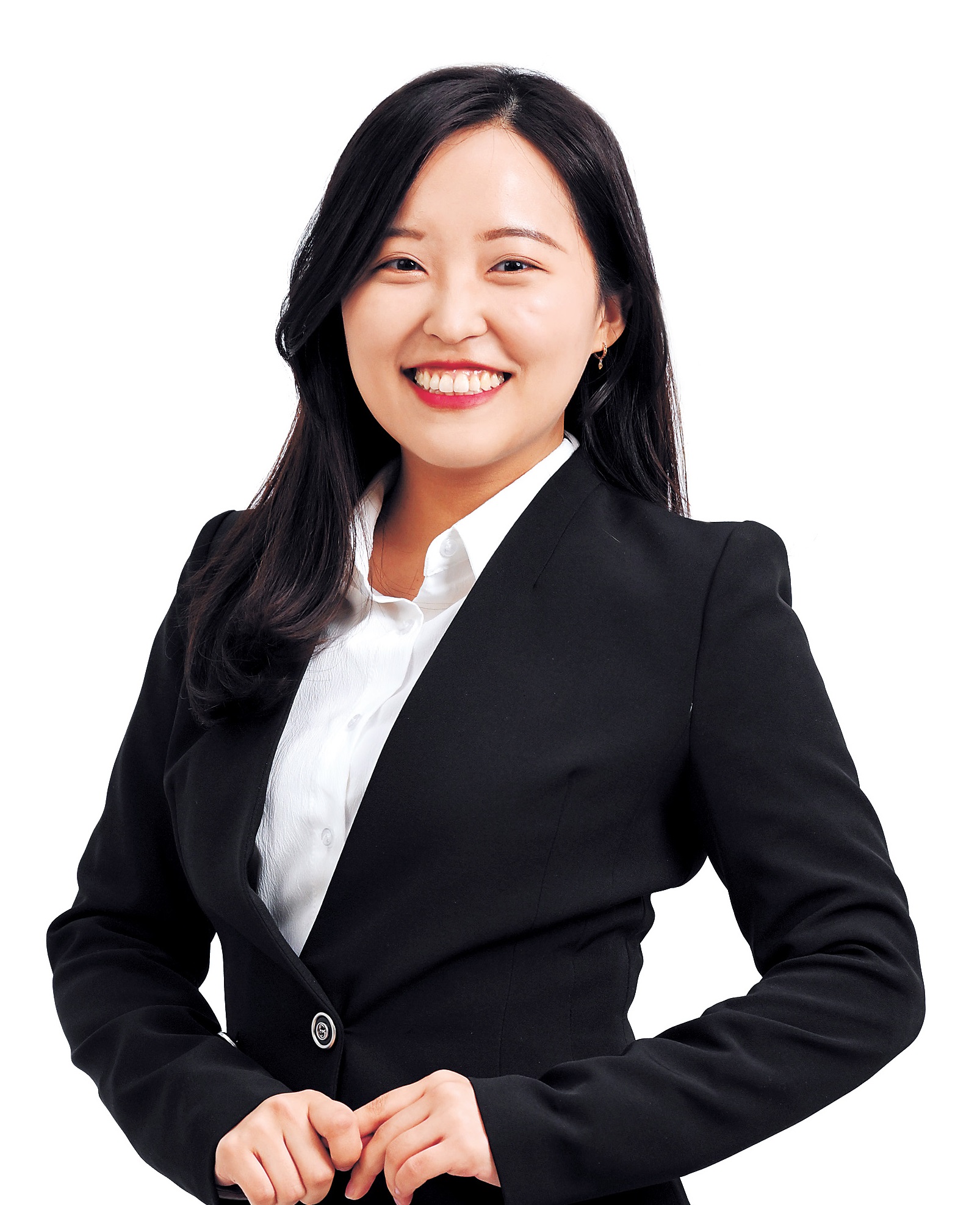
The Seoul Metropolitan Government unveiled plans to redevelop southwest Seoul into an innovative urban district that combines functions such as work, leisure and housing on Tuesday.
During Tuesday’s press briefing, Seoul Mayor Oh Se-hoon said that the city government will begin construction in southwest Seoul in 2025 to transform industrial and old residential areas into futuristic, high-tech industrial clusters and residential, leisure and work areas with green spaces.
Southwest Seoul consists of seven districts, including Yeongdeungpo-gu, Guro-gu, Geumcheon-gu, Gangseo-gu, Yangcheon-gu, Gwanak-gu and Dongjak-gu.
According to the Seoul Metropolitan Government, southwest Seoul drove South Korea’s national growth in modernization and industrialization with its consumer and manufacturing industries between 1960 to 1970. However, since then, the area has been restricted in terms of its development due to semi-industrial zone regulations and has had additional problems such as aging buildings and a lack of infrastructure.
In areas with underutilized industrial companies from the past, the Seoul Metropolitan Government plans to designate the area as an “Industrial Innovation Zone” without any development regulations to attract and foster high-tech companies. This includes industrial complexes such as Guro Machinery and Tool Shopping Center, which will be redeveloped into an industrial facility equipped with major Seoul industries, such as artificial intelligence, robotics, media and entertainment. According to the city government, these industrial facilities are well located but have had problems due to old construction and inefficient use.
The city government will likewise redevelop the underutilized Onsu Industrial Complex in Guro-gu and the Geumcheon Air Base to house startup companies, urban housing complexes and green spaces.
The Seoul Metropolitan Government also plans to redevelop Gangseo Farmers’ Wholesale Market near Gimpo International Airport to station futuristic transportation hubs, including urban air mobility and other industrial complexes in the aerospace, mobility and advanced medical industries. Additionally, the city government added that it proposed to the Ministry of Land, Infrastructure and Transport to add more international routes coming into Gimpo Airport from south Asia, such as Guangzhou and Hong Kong.
Residential areas will also be redeveloped after relaxing the floor area ratio limit from 250 percent to 400 percent to allow residential complexes to be built closer to the newly proposed industrial districts. Previously, the limit was placed to prevent the construction of too many apartments on former industrial sites, but the limit has made it difficult for residential areas to undergo reconstruction.
The city government added that it will reconstruct parks such as Yeouido Park, Seoul National Cemetery and Gwanak Mountain Park into spaces that combine aspects of nature and leisure, with Yeouido Park already in the process of being redeveloped. Pedestrian networks will also be expanded to conveniently connect parks and waterfront areas from the city.
“Seoul plans to carry out a series of major redevelopment projects in different areas in Seoul, starting with southwest Seoul,” said Seoul Mayor Oh Se-hoon. “We will boost Seoul’s city competitiveness through urban renovations that transform the city’s urban, leisure and transportation spaces.”








![[Herald Interview] How Gopizza got big in India](http://res.heraldm.com/phpwas/restmb_idxmake.php?idx=644&simg=/content/image/2024/11/20/20241120050057_0.jpg&u=20241120164556)
![[KH Explains] Dissecting Hyundai Motor's lobbying in US](http://res.heraldm.com/phpwas/restmb_idxmake.php?idx=644&simg=/content/image/2024/11/20/20241120050034_0.jpg&u=)








![[Today’s K-pop] Blackpink’s Jennie, Lisa invited to Coachella as solo acts](http://res.heraldm.com/phpwas/restmb_idxmake.php?idx=642&simg=/content/image/2024/11/21/20241121050099_0.jpg&u=20241121172748)